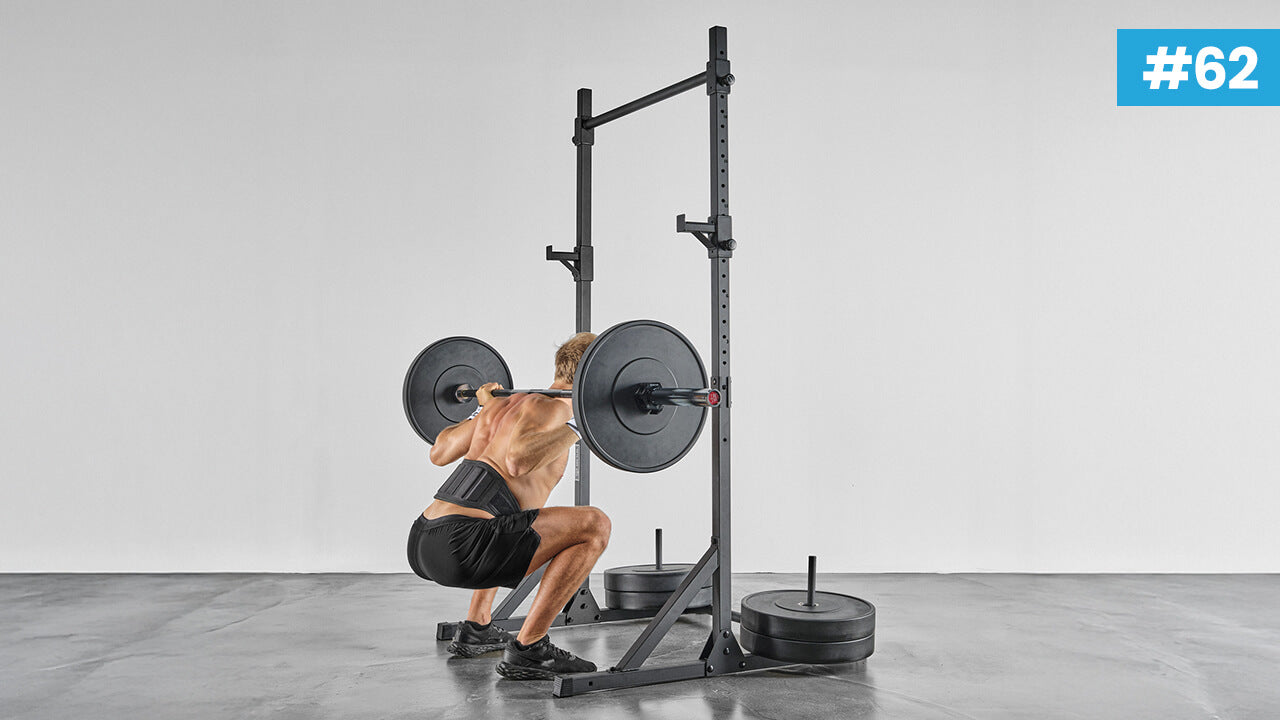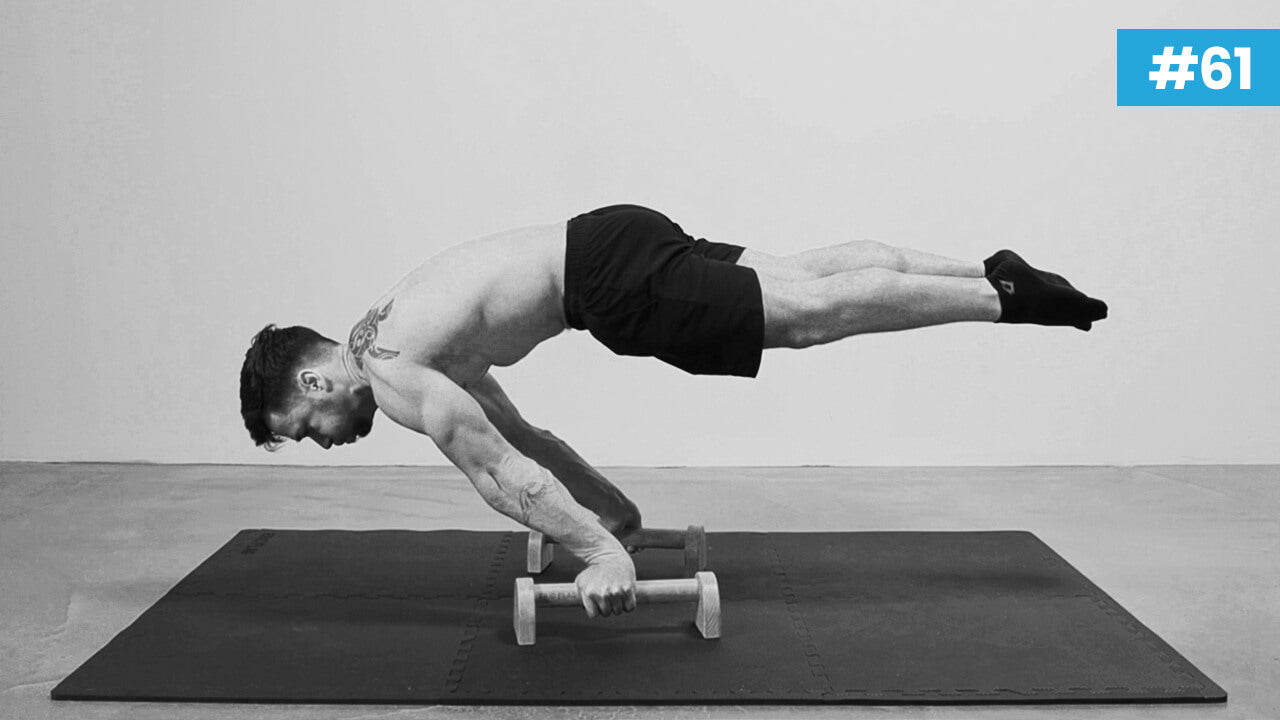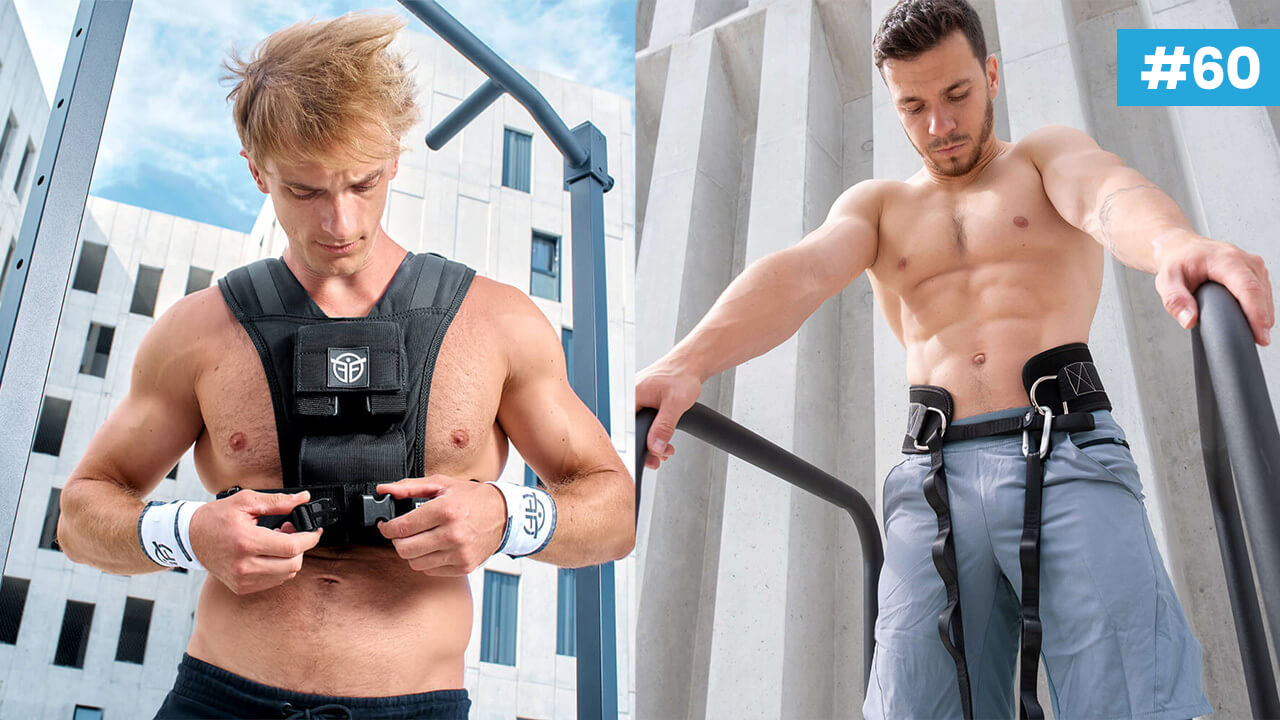How to squat? Tips and techniques!
Looking to find out how to squat perfectly? You've come to the right place 💪
The squat is one of the most fundamental and versatile exercises in bodybuilding. It targets several muscle groups simultaneously, including the glutes, hamstrings and quadriceps.
To perform it safely and effectively, mastering the correct technique is essential. Let's find out how!
Key steps for a classic squat
Here's a quick overview of how to do it before we get into the details:
1 - Stand with legs hip-width apart or slightly wider. Point your toes slightly outwards to ease the descent.
2 - Keep your heels firmly planted on the floor and ensure your knees track over your toes.
3 - Engage your core muscles for stability, push your hips back, and lean slightly forward while keeping your back straight.
4 - Lower your body until your thighs are parallel to the floor, then rise slowly back up.
The squat, nicknamed the "king of exercises", requires precise coordination between joints and muscles. By mastering the technique, you'll maximize its benefits while minimizing the risk of injury.
Squat basics: correct position and execution
Starting position
Before starting your squat, adopt a solid posture: feet shoulder-width apart, heels well aligned underneath. Angle your toes slightly (about 30°) to facilitate descent and balance.
Engage your core and keep your back straight. If you're using a barbell, place it on your trapezius, without putting pressure on your neck or shoulders.
Your position may vary according to your body type. In general, keeping your heels at shoulder width is a good place to start.
Descending phase

As you descend, tilt your hips back and bend your torso slightly to keep your balance and back straight. Keep the movement controlled: knees should follow the direction of the toes.
Keep your weight on your heels to avoid leaning forward, which could strain your knees. Lower yourself until your thighs are parallel to the ground, or as low as you can without compromising your posture.
For better support, you can use a weight lifting belt.
Ascending phase

As you come up, push hard into your heels and engage your legs and glutes to return to the starting position. Keep your back straight and your knees in line with your feet.
Avoid abrupt movements: control the ascent to remain stable and maximize muscular engagement while limiting the risk of injury.
Common mistakes and how to avoid them
Posture problems
One of the most common errors in squatting is poor posture. A rounded or over-arched back increases muscular compensation and the risk of injury, particularly to the back and knees. Keep your back straight, with your neck in line with your spine.
Another common mistake is allowing the knees to cave inward. Make sure they stay in line with the direction of your feet.
Squat depth
Not going low enough is a common mistake. A squat that's too short limits activation of the quadriceps, glutes and hamstrings, and reduces the overall effectiveness of the exercise.
The aim: to get down at least until the thighs are parallel to the ground or as low as possible without sacrificing form.
Squat variations to strengthen your workout
Squat with weights
Adding weights to your squats increases intensity and further strengthens the legs and glutes. The goblet squat with kettlebell, for example, is an accessible and effective variation: you hold the weight at chest height, elbows tight, which promotes good posture while engaging the abs.
The overhead squat, performed with a barbell or weight above the head, pushes the limits even further. It demands great mobility, impeccable posture and strengthens the whole body, especially coordination and stability.
Squat variations
To vary your workout, there are several squat variations to choose from:
-
Bulgarian Split Squat: one leg raised at the back, the other bent in front. Ideal for correcting imbalances and reinforcing stability.
-
Box Squat: you sit briefly on a box before standing up. Perfect for improving power, working the downward phase and taking the strain off the knees.
-
Hack Squat: usually performed on a machine, this variation primarily targets the quadriceps and allows heavier loads.
-
Jump Squat: an explosive version with a jump at the end of the movement. It boosts leg power but requires a good level of fitness to avoid injury.
Incorporate the squat into your routine on a regular basis: with the right technique, it will become a pillar of your physical progress!
FAQ
What is the ideal width of foot position for a squat?
The ideal width varies according to your morphology, but in general, shoulder width or slightly wider is recommended. This keeps the bar centered over the foot while ensuring good mobility of the hips, knees and ankles.
Why should you keep your heels on the ground during a squat?
Keeping the heels on the ground ensures good posture, reduces the risk of injury and keeps the knees in line with the toes. If the heels lift, this can unbalance the movement and cause pain, particularly in the back or knees.
How low do you have to go for a squat to be effective?
For a "clean" squat, aim for a minimum descent until your thighs are parallel to the ground. If your mobility permits, you can go lower, as long as you maintain a stable, controlled posture.
How to keep your chest up and your back straight during the squat?
Engage your core throughout the movement to keep your torso stable. Remember to initiate the descent with the hips back, not the knees. Keep your chest up, your gaze forward, and ensure your knees track in line with your toes.







Hinterlasse einen Kommentar
Diese Website ist durch hCaptcha geschützt und es gelten die allgemeinen Geschäftsbedingungen und Datenschutzbestimmungen von hCaptcha.